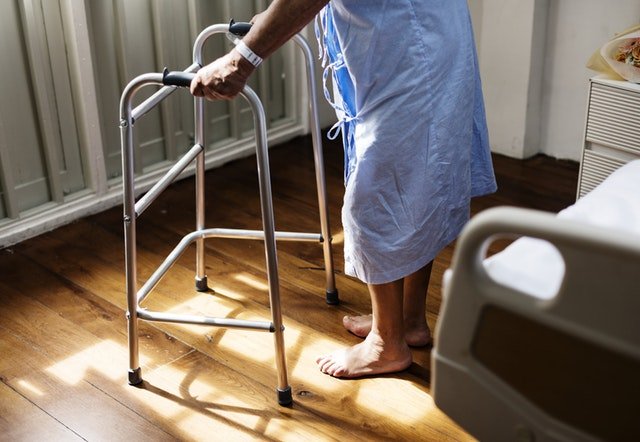
In a recent study, researchers find that stroke patients can receive better care at teaching hospitals.
They have less of a chance of landing back in a hospital during the early stages of recovery.
The study is conducted by The University of Texas Health Science Center at Houston (UTHealth).
In the study, the team examined the 30-day readmission rates for both Medicare and privately insured patients with different types of stroke.
They found that overall the readmissions have fallen by 3% a year on average between 2010 and 2014.
The reduction in readmissions was not due to reduced stroke recurrence, but more a result of a drop in readmission rates for other conditions the patients have.
The greatest danger of readmission were in patients with hemorrhagic stroke, a more serious form caused by a bleeding vessel in the brain.
By contrast, patients with ischemic stroke, caused by a blocked vessel, faced a lower risk.
The team also found that stroke patients from non-teaching hospitals had a much higher risk of readmission mainly due to having another stroke, related complications or septicemia, a serious blood infection.
Teaching hospitals usually have greater adherence to quality-of-care metrics, use of telestroke technology and organization of care delivery, as well as having adjoining outpatient clinics.
The team believes their study can help set national performance benchmarks for readmission levels among patients of all ages, types of stroke and insurance classes.
Stroke patients are all inherently more vulnerable to stroke recurrence and associated conditions such as septicemia.
However, patients from nonacademic hospitals seem to be even more prone to this happening as stroke patient volumes increase.
It is important to improve pre-discharge patient care and transitional follow-up.
The study’s lead author is Farhaan Vahidy, assistant professor of neurology at McGovern Medical School at UTHealth.
The study is published in JAMA Network Open.
Copyright © 2018 Knowridge Science Report. All rights reserved.
Source: JAMA Network Open.



